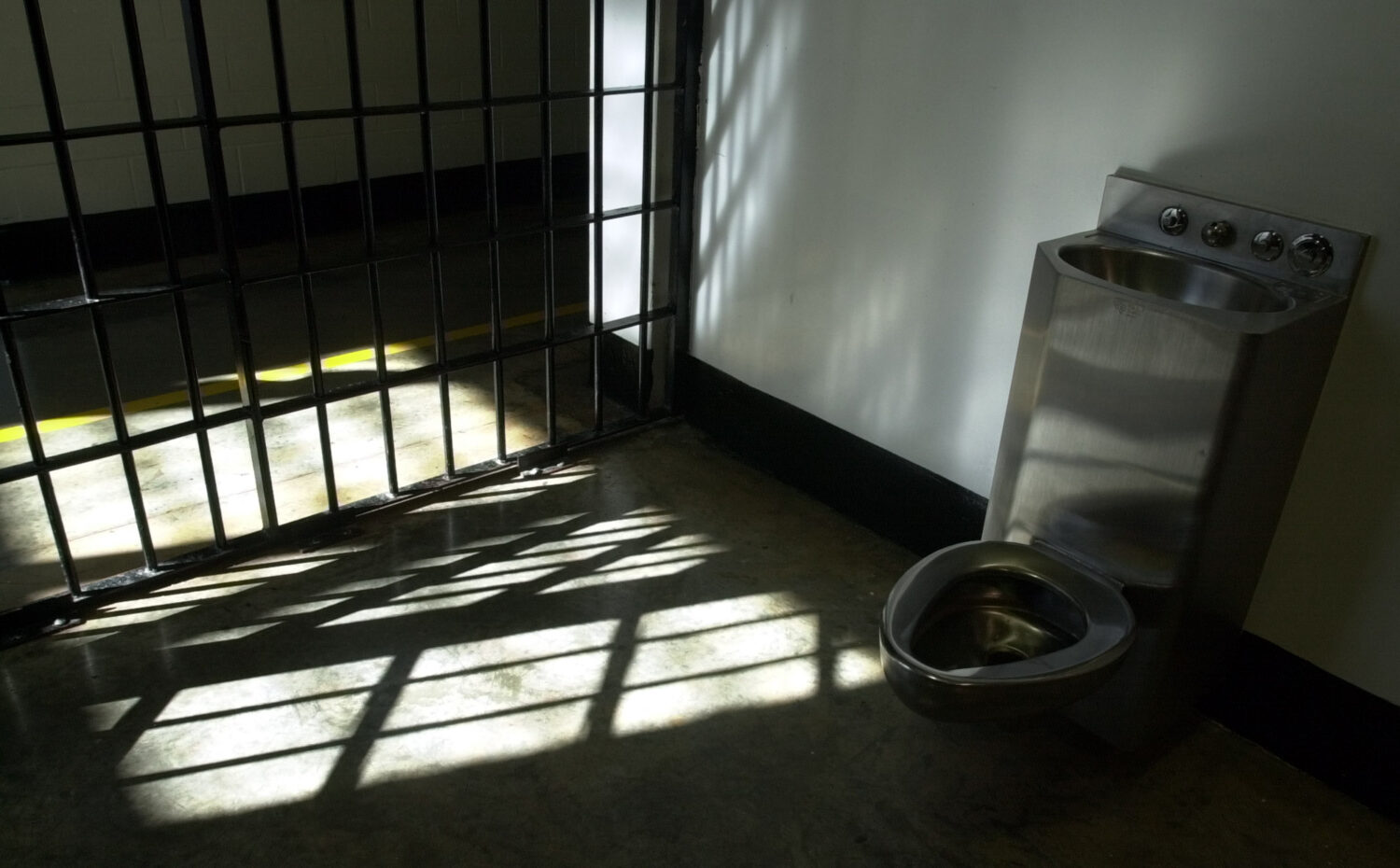The Polunsky Unit: A Glimpse into Death Row
Located near Livingston, Texas, the Polunsky Unit is a facility that houses some of the most notorious inmates in the state, including those on death row. The stark reality of life within these walls is encapsulated in the image of a combination sink and toilet sitting openly in the recreation room—a grim reminder of the harsh conditions faced by inmates. This facility has become synonymous with the death penalty in Texas, a state that has executed more individuals than any other in the United States.
The Case of Garcia White
On November 21, 2001, the state prepared to execute 61-year-old Garcia White, a man whose life had been marked by a series of heinous crimes. White confessed to the brutal murder of five individuals over a six-year period, with his most notorious crime being the stabbing deaths of Bonita Edwards and her twin daughters, Annette and Bernette. The tragic events unfolded in 1996, six years after the bodies were discovered in their home by an apartment manager.
According to court documents, White, along with an accomplice named Terrence Moore, had gone to Edwards’ home with the intent to engage in drug use and sexual activities. However, an argument erupted, leading White to stab Bonita in a fit of rage. The violence did not stop there; he subsequently killed her two daughters, leaving a scene of unimaginable horror.
The Investigation and Conviction
Despite the chilling confession, the investigation revealed inconsistencies that complicated the case. Notably, Moore had been murdered four months prior to the deaths of Edwards and her daughters, raising questions about White’s claims. Nevertheless, White was convicted of capital murder and sentenced to death in 1996. As the legal proceedings unfolded, additional evidence linked him to other murders, including the 1995 killing of Hai Pham and the 1989 killing of Greta Williams.
White’s legal journey was fraught with challenges. Over the years, he filed five applications for stays of execution, seeking to delay his fate. In 2015, he was granted a temporary stay, but the clock was ticking as the state prepared for his execution.
The Intellectual Disability Claim
In a dramatic turn of events, White’s attorneys appealed to the Supreme Court, arguing that he is intellectually disabled and therefore ineligible for the death penalty. This claim emerged after the state district court signed an order for execution, but the Court of Criminal Appeals rejected the request for an evidentiary hearing. White’s legal team contended that the evidence of his disability was substantial and warranted a reconsideration of his death sentence.
The state, however, countered these claims, asserting that White’s last-minute appeal was a dilatory tactic aimed at postponing his execution. They argued that he had failed to provide compelling evidence of his intellectual disability and that the families of his victims deserved justice for the crimes he committed decades ago.
The State’s Position
In a letter addressing the Supreme Court, state officials expressed their determination to proceed with White’s execution. They emphasized that the victims’ families had waited long enough for justice and that White’s petition lacked merit. The state maintained that he had not demonstrated a likelihood of success in his claims, urging the court to deny any further delays.
As the date of execution approached, the tension surrounding White’s case intensified. If a stay was not granted, he was set to face lethal injection at the Huntsville Unit, a grim fate that awaited many inmates who had been condemned to death in Texas.
The Broader Context of Capital Punishment in Texas
The case of Garcia White is not just an isolated incident; it reflects the broader issues surrounding capital punishment in Texas. The state has long been a focal point in the national debate over the death penalty, with advocates on both sides passionately arguing their positions. Proponents argue that the death penalty serves as a deterrent to crime and delivers justice for victims and their families, while opponents raise concerns about wrongful convictions, racial disparities, and the morality of state-sanctioned execution.
As the legal battles continue and the clock ticks down to execution day, the case of Garcia White serves as a poignant reminder of the complexities and ethical dilemmas surrounding the death penalty in America. The stark reality of life on death row, coupled with the tragic stories of the victims, underscores the profound impact of crime and punishment on society.
